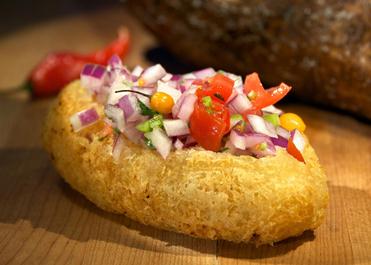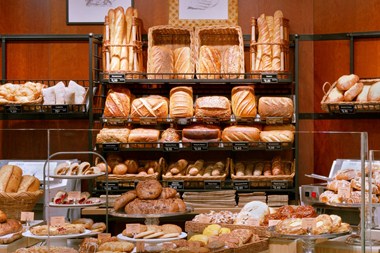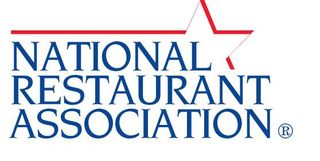Kale, Goat Meat and a Pinch of Za’tar
Monday, 31 October 2011 20:47
 One of the industry’s earliest trends forecasts for next year predicts we’ll say hello to sheep’s-milk cheese and local beers and goodbye to “molecular gastronomy” and “foodie.”
One of the industry’s earliest trends forecasts for next year predicts we’ll say hello to sheep’s-milk cheese and local beers and goodbye to “molecular gastronomy” and “foodie.”
Through a recent survey of America’s food-and-beverage media and influencers, Portland, Ore.-based LANE PR has identified a number of emerging trends in the industry. Nearly 70 participants, including influential journalists, restaurateurs and epicureans from coast to coast, weighed in on questions asking “what’s next?” in food, beverages and pantry must-haves, as well as buzzwords we’ve grown to know and those we’ve grown to hate.
While responses in all categories in LANE PR’s U.S. Food & Beverage Trends Report for 2012 illustrate a wide range of opinions, some areas of agreement indicate potential new directions in food and beverage. In some instances, it appears that America will take a closer look at what the rest of the world is eating and will make an effort to incorporate efficient, nutrient-packed foods for better overall health, as well as sustainable foods for a healthier environment.

 This year’s Latin Flavors, American Kitchens Conference emphasized cuisines from Argentina to Guatemala and identified hot trends: handheld foods, smoke, bar foods and Cocktails.
This year’s Latin Flavors, American Kitchens Conference emphasized cuisines from Argentina to Guatemala and identified hot trends: handheld foods, smoke, bar foods and Cocktails. In a zero-growth environment, this fast-casual sub-segment continues gaining market share.
In a zero-growth environment, this fast-casual sub-segment continues gaining market share. The chef de cuisine of Corn Maiden restaurant near Santa Fe dispels some myths and misconceptions of working with chiles—while talking up their strategic use as a flavor enhancer—in menu development.
The chef de cuisine of Corn Maiden restaurant near Santa Fe dispels some myths and misconceptions of working with chiles—while talking up their strategic use as a flavor enhancer—in menu development. The NRA says the CSPI-sponsored Food Day need not be limited to one day a year. Indeed, there’s much to celebrate in light of 10% of Americans working in the restaurant industry and restaurants’ dedication to providing healthier menu options.
The NRA says the CSPI-sponsored Food Day need not be limited to one day a year. Indeed, there’s much to celebrate in light of 10% of Americans working in the restaurant industry and restaurants’ dedication to providing healthier menu options.